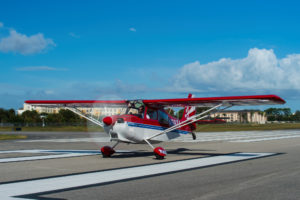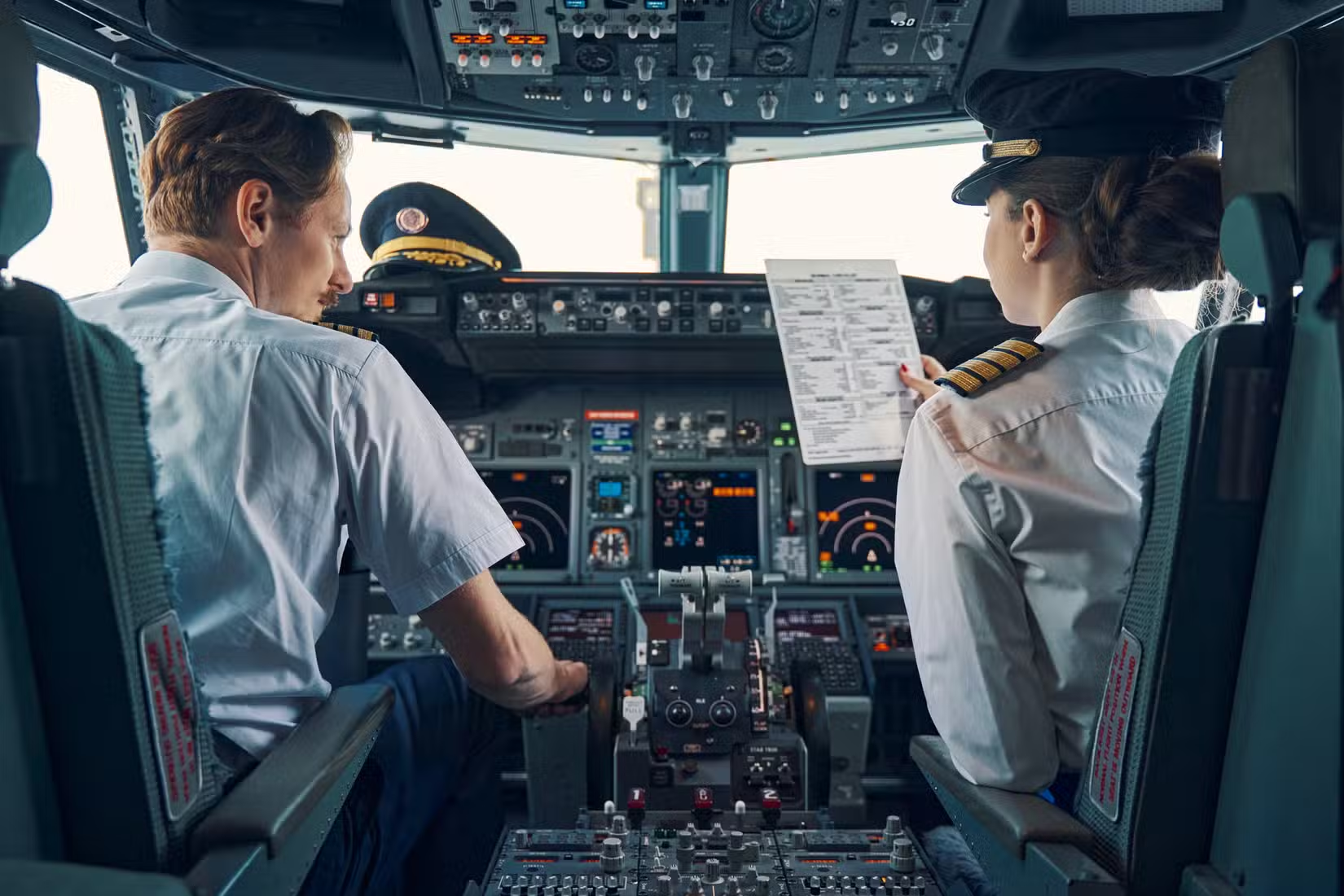Difference Between Certificates, Ratings, and Endorsements
It is easy to confuse certificates with ratings and endorsements, but understanding the terms is imperative for any aspiring pilot. Whether somebody aspires to navigate through challenging weather conditions, fly multi-engine aircraft, or master intricate maneuvers, these additions to a pilot’s certificate can serve as another stepping stone to becoming a versatile and accomplished pilot.
Certificates
Navigating the world of pilot certificates, ratings, and endorsements can be tricky, with distinctions that may seem subtle, but are crucially important. In a previous blog, the 6 different types of pilot licenses were discussed. However, as a pilot progresses along their aviation journey, they soon discover that the realm of pilot qualifications extends beyond obtaining just a certificate.
Ratings
Additional pilot certifications, known as ratings, authorize pilots to operate aircraft under specific conditions or fly particular types of planes. Some examples include Instrument Rating for flying in low-visibility conditions, the Multi-Engine Rating for flying with multiple engines, and the Seaplane Rating for operating planes that can land on water.
Instrument Rating
As a pilot, it is important to expand your skills and capabilities to maintain a safe and successful aviation career. One of the most valuable additions a pilot can make is becoming instrument rated. This rating allows a pilot to operate an aircraft solely by reference to instruments instead of relying on visual cues outside the cockpit. A pilot who becomes instrument rated will gain the ability to navigate through challenging weather conditions, and fly under instrument flight rules (IFR). With this rating, a pilot has less of a probability of being grounded by inclement weather. In addition to this, an instrument rating is a prerequisite for many advanced careers in aviation. The other four common ratings a pilot can obtain are instructor, instrument instructor, and multi-engine rating. Let’s take a closer look at the four types.
 Multi-Engine Rating
Multi-Engine Rating
For pilots aspiring to fly more than just a single-engine aircraft, the multi-engine rating is a pivotal milestone in their aviation career. This rating is in addition to a Private Pilot License, which allows pilots to operate an aircraft with more than one engine. While adding this rating to an already existing certificate is optional, it is an essential prerequisite for those aspiring to advance their careers to the realm of flying for a commercial airline. However, it is important to note that an aircraft with more than two engines requires a separate, specialized type rating specific to that particular model.
Additional Instructor Ratings
For certified flight instructors (CFIs) aspiring to guide their students through instrument flying, obtaining an instrument instructor rating (CFII) is an essential step. This rating is added to their existing CFI certificate, and signifies they have the knowledge and skills required to teach the nuances of instrument navigation and procedures to student pilots. By adding the Instrument Instructor Rating, instructors open the door for their students to embark on a challenging yet rewarding journey of obtaining their instrument rating.
Multi-Engine Instructor
Certified Flight Instructors (CFIs) who aspire to teach in multi-engine aircraft, must obtain a multi-engine instructor rating (MEI). Adding this rating ensures that an instructor possesses the knowledge and experience necessary to guide their student pilots through their multi-engine training. Obtaining an MEI rating not only enhances an instructor’s ability, but opens up a world of new opportunities within the aviation industry and their careers, as many airlines seek instructors with this specialty to meet the growing demand for multi-engine pilots.
An additional rating that a pilot may add to their certificates is a seaplane rating. While mastering flying a seaplane may seem overwhelming, it only requires a few additional hours of specialized training, and pilots can add this rating to their Private Pilot License.
Endorsements
As a pilot progresses through the aviation ranks, they will encounter the world of endorsements. They are specialized qualifications that expand a pilot’s horizons and unlock new opportunities. Endorsements not only serve as a prerequisite for certain activities, but they also permit pilots to conduct particular maneuvers or fly specific aircraft configurations. Here are some of the common endorsements most pilots will obtain:
 Tailwheel
Tailwheel
Unlike the conventional tricycle gear aircraft, to become tailwheel endorsed, pilots must utilize their skills in managing the distinct landing and steering characteristics of these specialized aircraft. Phoenix East Aviation has a fleet of 65+ aircraft, with one of them being a Super Decathlon. This aircraft is primarily used for Upset Recovery training, however can also be flown to obtain a tailwheel endorsement.
High-Performance
A high-performance aircraft, in which an engine exceeds 200 horsepower, requires a pilot to have a high-performance endorsement. This endorsement ensures that the pilot who ventures into this aircraft and realm of aviation possesses the proper knowledge, technique, and judgment to fly this aircraft safely. Obtaining this endorsement equips pilots securely with the tools to navigate these powerful aircraft with confidence and precision.
Complex
Aside from general aviation aircraft, there are complex aircraft equipped with retractable landing gear, movable flaps, and controllable-pitch propellers. With such advanced capabilities of a complex aircraft, comes the need for pilots to obtain a complex endorsement. This endorsement validates a pilot’s dedication to continuous learning and their ability to navigate the intricacies of this aircraft with precision. Earning this endorsement requires a pilot to go through intense training with the guidance of a CFI. Obtaining this endorsement allows pilots to gain access to a world of advanced aircraft, while also expanding their knowledge and elevating their skills to new heights.
High Altitude
It is imperative that pilots looking to fly in the upper atmosphere are skilfully knowledgeable and endorsed with a high-altitude endorsement. A pilot must go through specialized training and have a deep understanding of the correlation between human physiology and high-altitude flying. To become high-altitude endorsed,, a pilot will work directly with a CFI and go through vigorous training. This endorsement demonstrates a pilot’s commitment to safety, knowledge, and their ability to make split-second decisions above the clouds.




